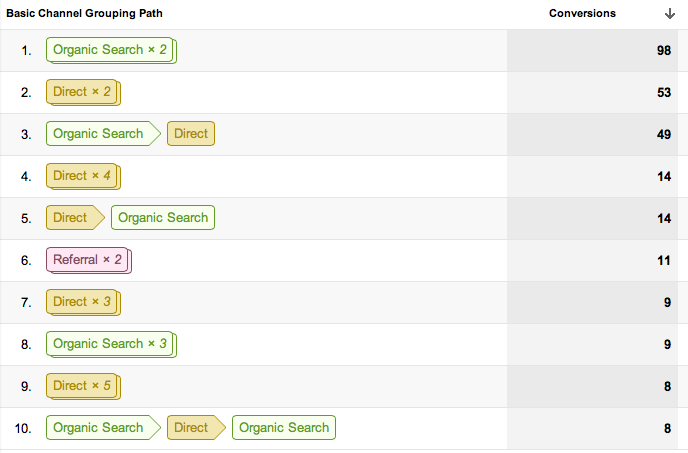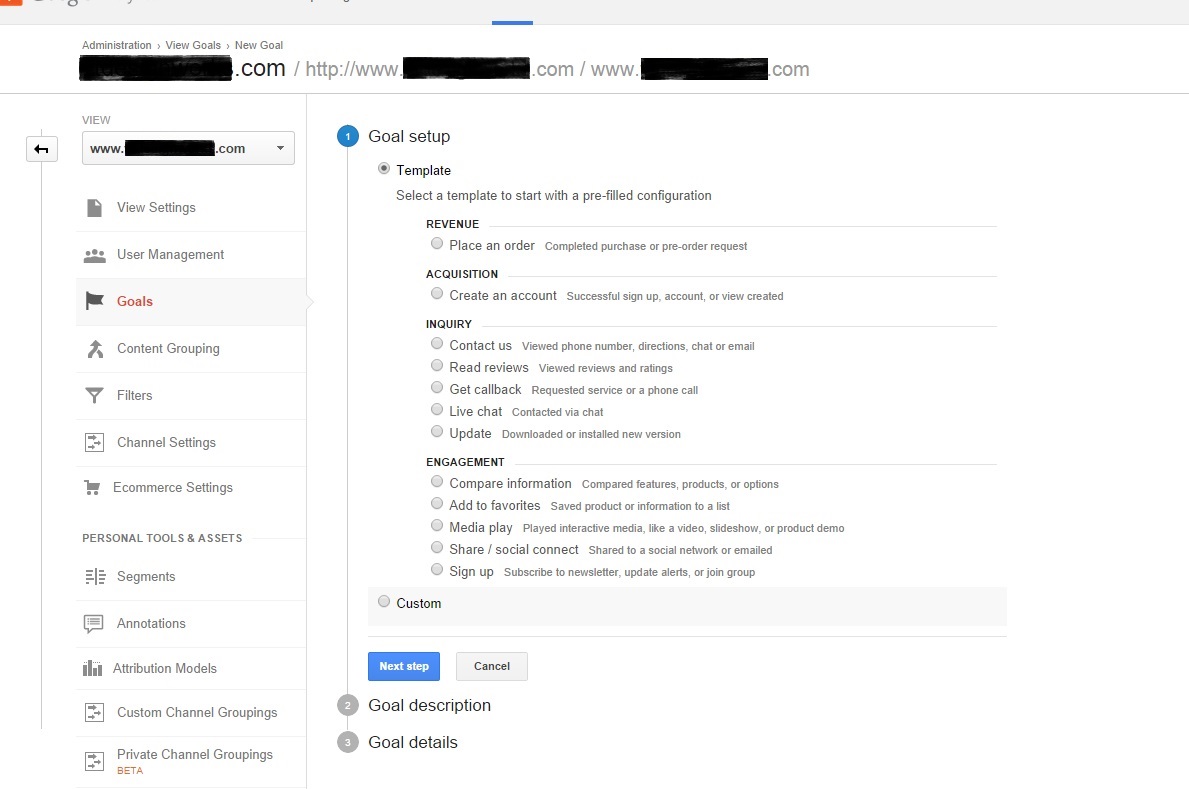Understanding What Data Is Google Analytics Goals Unable to Track
Understanding What Data Is Google Analytics Goals Unable to Track
Blog Article
Revealing the Blind Spots: Comprehending What Google Analytics Goals Can not Determine
In the realm of electronic analytics, Google Analytics stands as a powerful device for monitoring and evaluating online customer interactions. Understanding what Google Analytics objectives can not determine is essential for gaining a thorough sight of customer behavior and involvement.
Individual Behavior on External Operatings Systems
Comprehending exactly how users connect on outside systems is vital for optimizing on the internet techniques. External platforms, such as social media networks, reference web sites, and on the internet discussion forums, play a significant duty in driving traffic to a company's internet site. By analyzing individual actions on these systems, companies can get important understandings right into the effectiveness of their advertising initiatives and the preferences of their target market.
One trick element of user actions on external platforms is the referral source. By tracking where the users are coming from, companies can determine which systems are driving the most traffic to their web site. This details can help companies assign their sources much more successfully, focusing on the systems that generate the ideal outcomes.

Offline Interactions and conversions
Assessing individual actions on external platforms supplies useful understandings right into online techniques; nevertheless, thinking about offline conversions and interactions is similarly critical for a comprehensive understanding of a business's total efficiency. While Google Analytics stands out at tracking on-line communications, it drops short in capturing the full client journey that typically includes offline touchpoints. Offline conversions, such as in-store purchases or phone queries, play a substantial function in lots of organizations' success. Overlooking these communications can result in an altered sight of the effectiveness of advertising projects and total organization performance.

Acknowledgment Beyond Last Click
When delving right into the world of electronic advertising and marketing analytics, it ends up being necessary to look past the single touchpoint of the last click for an extra extensive understanding of acknowledgment. While Google Analytics provides important understandings right into individual behavior, counting solely on last-click acknowledgment can be limiting - what data is google analytics goals unable to track. Attribution models that go beyond the last click offer an extra nuanced sight of the client trip, thinking about all the touchpoints that bring about a conversion
Attribution beyond the last click enables marketing experts to assign credit scores to different communications along the conversion path, providing a clearer image of the effectiveness of different marketing channels. By checking out multi-touch acknowledgment designs such as straight, time decay, or position-based attribution, companies can much better allot their advertising spending plans and enhance their methods for maximum influence.
Comprehending the impact of each touchpoint in the conversion procedure is important for making notified choices and taking full advantage of ROI. By accepting acknowledgment past the last click, services can get much deeper understandings right into customer informative post behavior and tailor their marketing efforts better.
Cross-Device and Cross-Browser Monitoring

Similarly, cross-browser tracking enhances cross-device monitoring by capturing customer habits as they change between various internet internet browsers. Understanding just how individuals communicate with internet sites on different internet browsers can aid marketing professionals enhance their on the internet experiences to ensure consistency and performance throughout various systems.
Qualitative Information and User Intent
Understanding user intent with qualitative data analysis is vital for creating targeted digital advertising and marketing approaches that reverberate with the needs and choices of the target audience. Qualitative data provides insights right into the 'why' behind user activities, clarifying motivations, feelings, and choices that quantitative data alone can not catch. By assessing individual responses, remarks, and interactions, marketers can reveal important details regarding individual intent, allowing them to customize their messaging, material, and offerings to much better line up with what their target market is looking for.
Qualitative information likewise assists in understanding the context in which individuals involve with an internet site or application. This contextual understanding makes it possible for marketing experts to produce more personalized and relevant experiences, ultimately driving higher interaction and conversion rates. By diving right into customer intent via qualitative information analysis, services can acquire a much deeper understanding of their target market, bring about more effective advertising and marketing strategies that click here to read fulfill users' assumptions and requirements.
Final Thought
To conclude, Google Analytics objectives have constraints in measuring user actions on exterior platforms, offline conversions, acknowledgment past last click, cross-device and cross-browser monitoring, and qualitative data connected to user intent. what data is google analytics goals unable to track. It is very important for services to be familiar with these unseen areas in order to supplement their data evaluation with other tools and approaches to get an extra detailed understanding of their target market and boost their total digital marketing strategies
By evaluating individual behavior on these platforms, businesses can gain valuable understandings right into the performance of their advertising and marketing efforts and the preferences of their target audience.
Analyzing customer habits on outside platforms gives beneficial understandings right into on-line approaches; nonetheless, taking into consideration offline conversions and interactions is equally imperative for a thorough understanding of a firm's general performance.In electronic advertising and marketing analytics, moving beyond last-click acknowledgment to explore cross-device and cross-browser monitoring is essential for acquiring a holistic understanding of individual interactions across various systems and gadgets. By examining user responses, remarks, and interactions, marketers can uncover beneficial details about individual intent, allowing them to tailor their messaging, web content, and offerings to much better straighten with what their target market is seeking.
By diving into customer intent with qualitative data analysis, services can get a much deeper understanding of their target audience, leading to more efficient advertising and marketing techniques that satisfy customers' needs and expectations.
Report this page